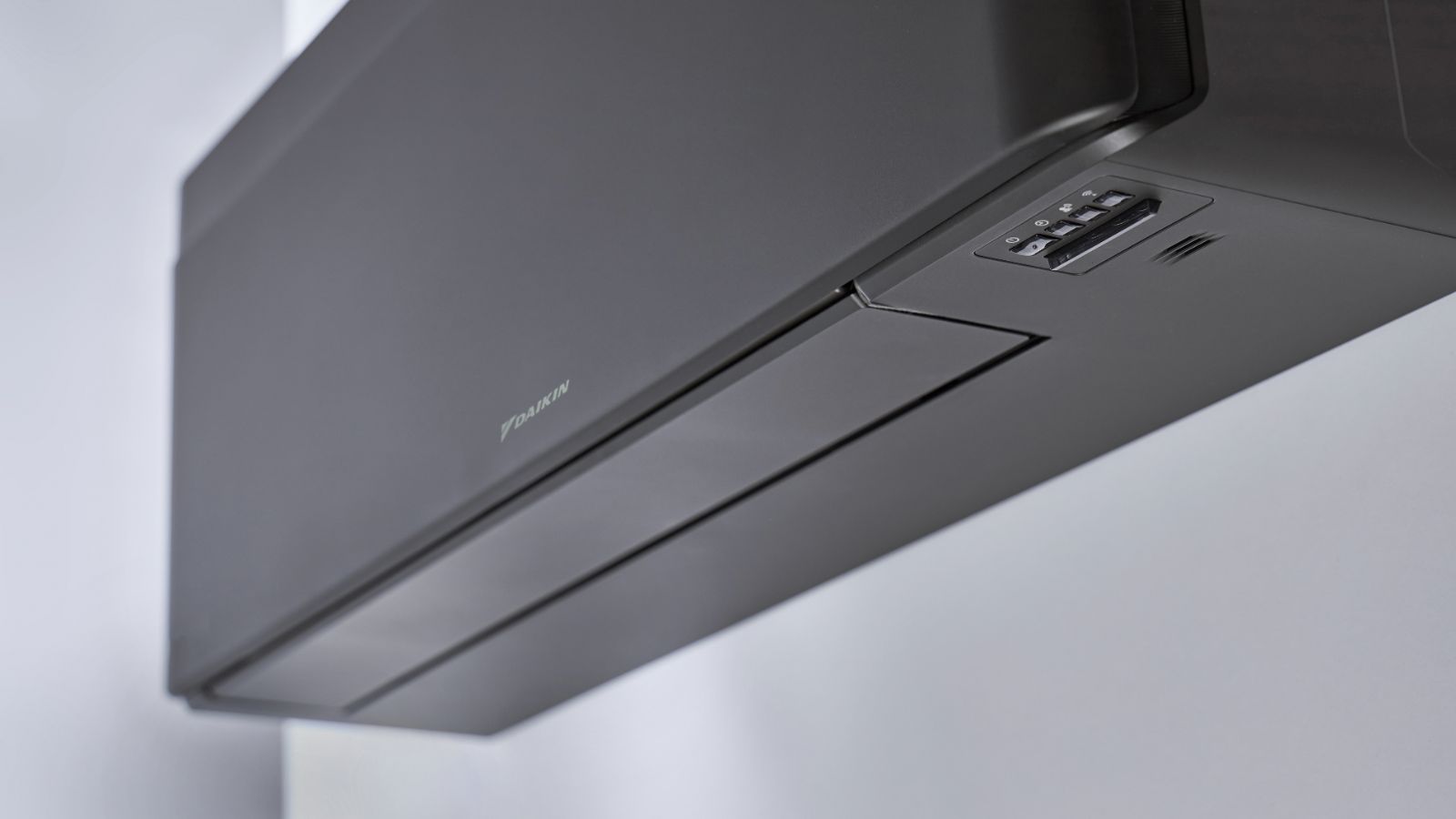6 ways to stop heat loss and keep your conservatory warm in winter
Wondering how to winter-proof your conservatory to keep it warm and prevent heat loss? We explore 6 different ways to insulate this glass-covered space
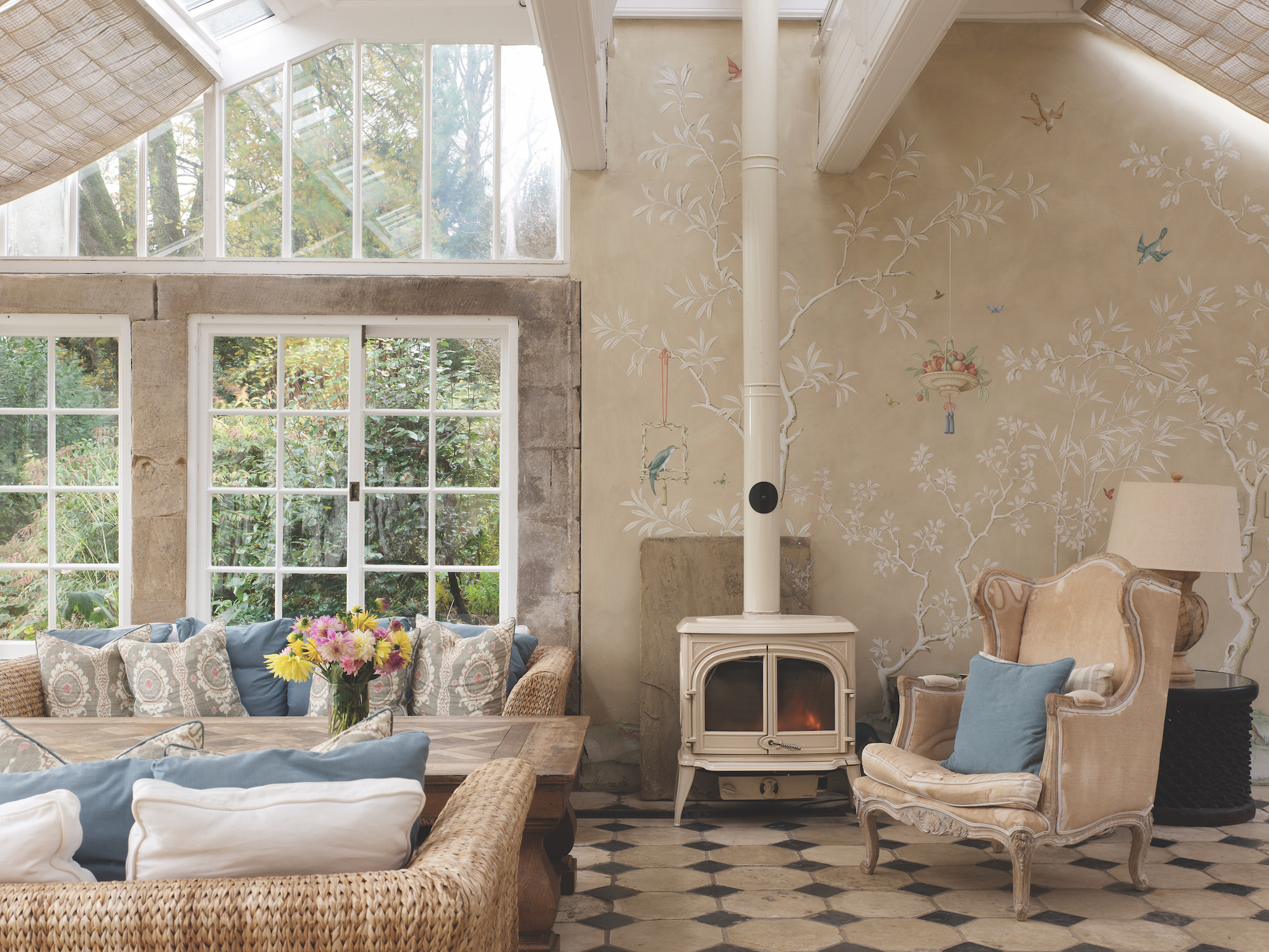
As the cold months set in the need to keep your conservatory warm in winter becomes increasingly pressing. Proper insulation and effective heating are key to keeping this glass covered space warm and comfortable no matter how chilly it is outside.
From basic repairs to costly roof replacements, there are many ways to crank up the heat in your conservatory without compromising on your homes energy efficiency.
Below we explore six different ways to winter-proof a conservatory and answer some of your frequently asked questions.
Insulate your conservatory roof
"Most of the heat in the conservatory escapes through the roof and most of the solar heat enters through the roof," explains energy efficiency expert, Tim Pullen. Therefore, insulating your conservatory roof is far more than a mere trend; it's a smart strategy to enhance the year-round enjoyment of this space.
"The ideal solution would be to properly insulate the roof and to put retractable awnings over the windows/walls," says Pullen. "This will help keep the conservatory warm in winter".

Tim is an expert in sustainable building methods and energy efficiency in residential homes and writes on the subject for magazines and national newspapers. He is the author of The Sustainable Building Bible, Simply Sustainable Homes and Anaerobic Digestion - Making Biogas - Making Energy: The Earthscan Expert Guide.
The type of insulation you opt for will be dependant on your budget. You can either update your old conservatory roof with a robust new roof – crafted from traditional materials like tile or slate – or choose a lightweight internal insulation system. Prices start at around £5,000 for internal solutions and can exceed £10,000 + for a solid roof.
Whichever option you choose, Dale Harris, Managing Director of Greenoak Concept & Design, recommends that you hire a professional for this task: "Drilling into glazing bars can weaken their functionality, reducing strength and potentially causing leaks."
Harris champions the use of Supalite tiled conservatory roofs, adding "not only do they conform to Building Regulations, but they also offer superior thermal performance and adhere to the highest standards of fire safety".

Dale is the managing director of Greenoak Concept & Design, and is a specialist in conservatory refurbishments. Greenoak are the leading solid conservatory roofing company in Essex, carrying out conservatory conversions to the highest possible standard.
2. Upgrade or seal conservatory windows
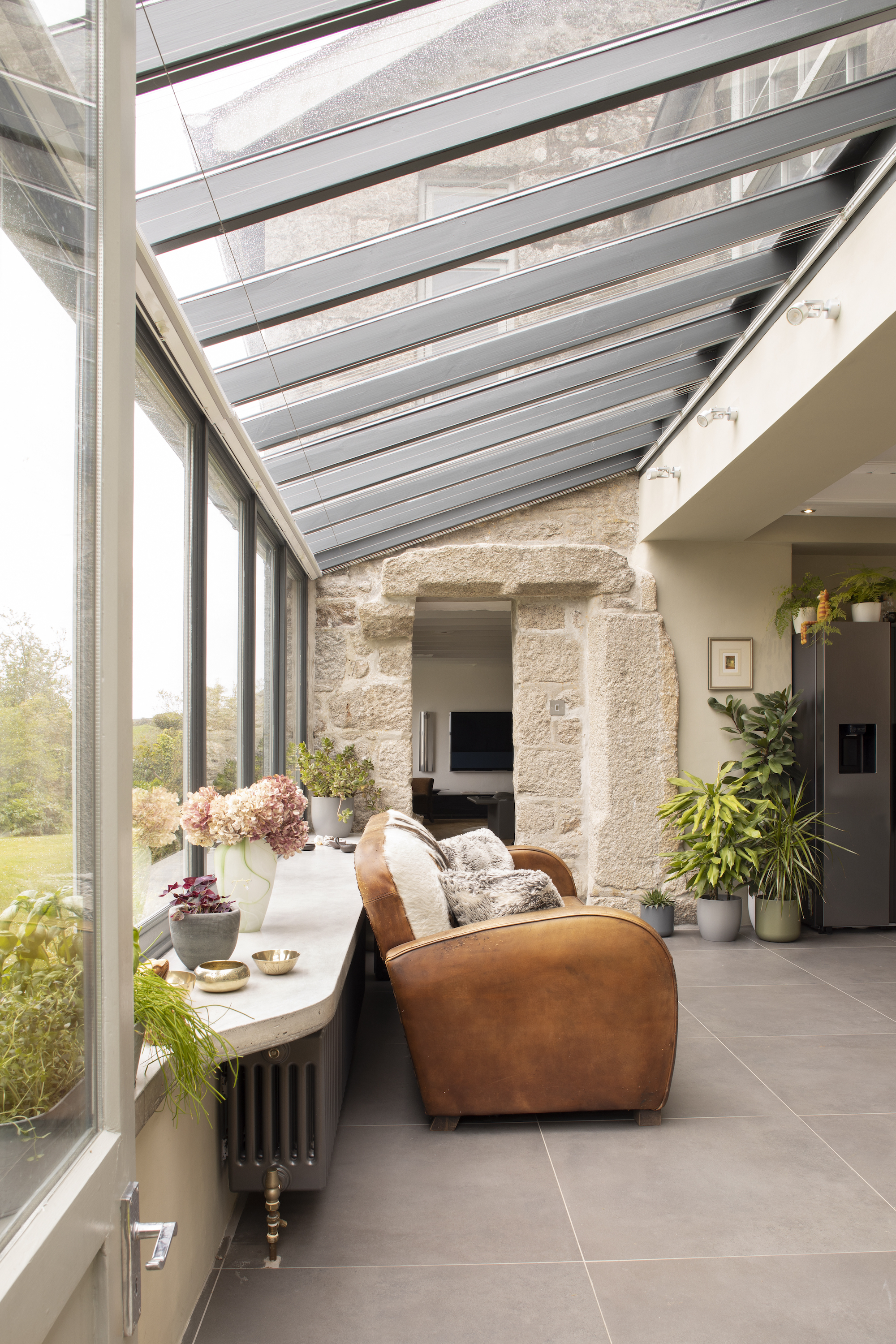
Upgrading or sealing your conservatory windows is a smart move to bolster your conservatory’s energy efficiency and comfort. If your windows are a bit dated, consider upgrading to double or even triple glazing. These modern glazing options are designed to trap heat inside, keeping your conservatory warm and toasty during the winter months while reducing energy bills.
To insulate existing windows, check for any gaps or draughts and apply quality weather stripping or sealant to ensure a tight seal. This is a cost-effective way to prevent heat loss and block out chilly draughts. Properly sealed windows can drastically improve the overall thermal performance of your conservatory, making it a more comfortable space to relax in, no matter what the weather outside.
3. Install efficient heating solutions
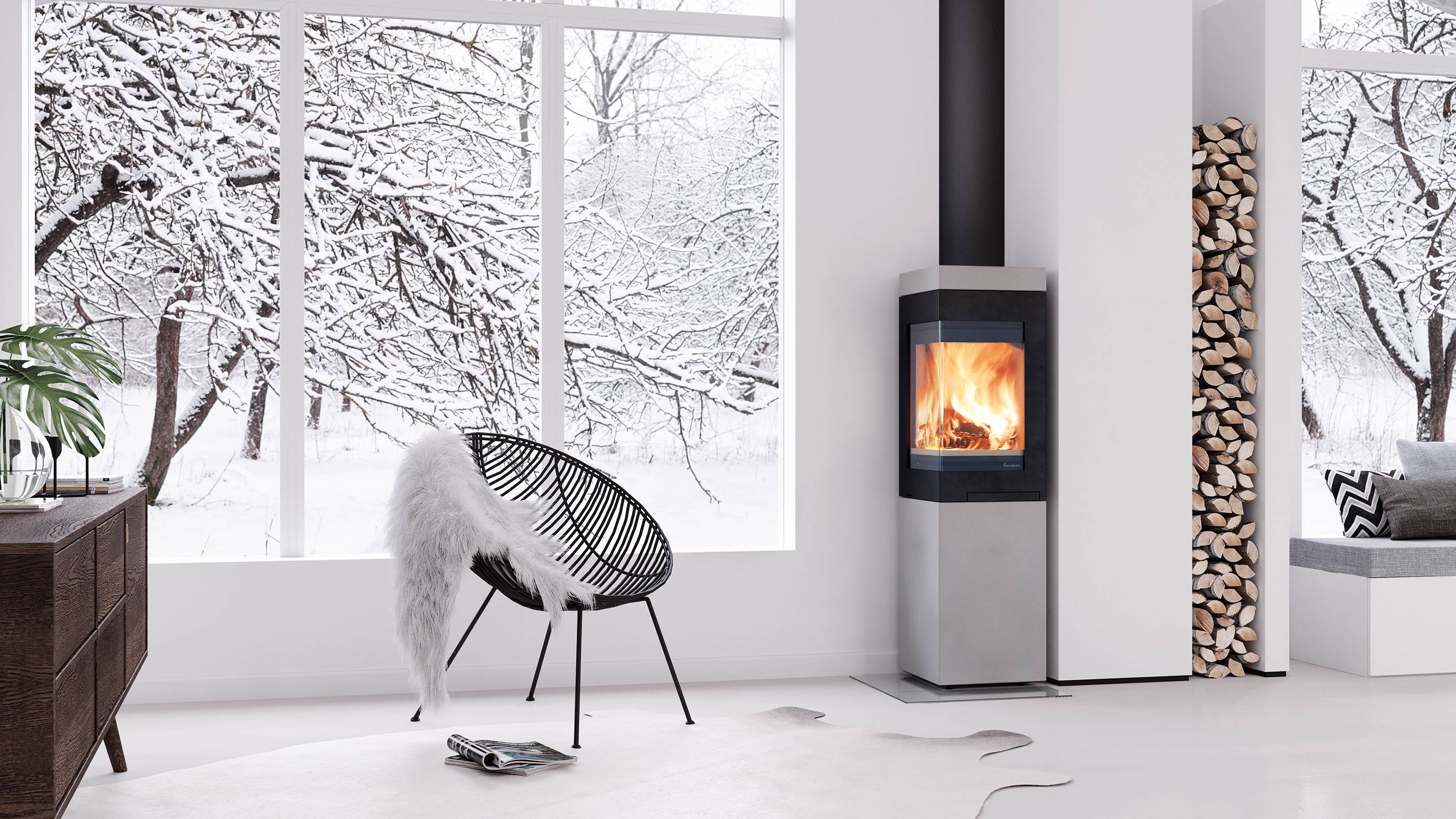
Installing efficient heating solutions in your conservatory is essential for creating a comfortable environment throughout the colder months.
If your budget can stretch to installing underfloor heating, this is an excellent choice, as it distributes warmth evenly and works with various floor types. Alternatively, you might consider modern, high-efficiency radiators that can be linked to the home's central heating, offering a seamless and controlled heat supply.
For added convenience, you could also install a programmable thermostat to give you precise control over your heating schedule, ensuring your conservatory is warm when needed and conserving energy when not.
It's important to consult with a heating specialist to ensure that any system is correctly sized for the space. They can advise on the best solution to suit your conservatory's specific dimensions and construction.
4. Install blinds or shutters
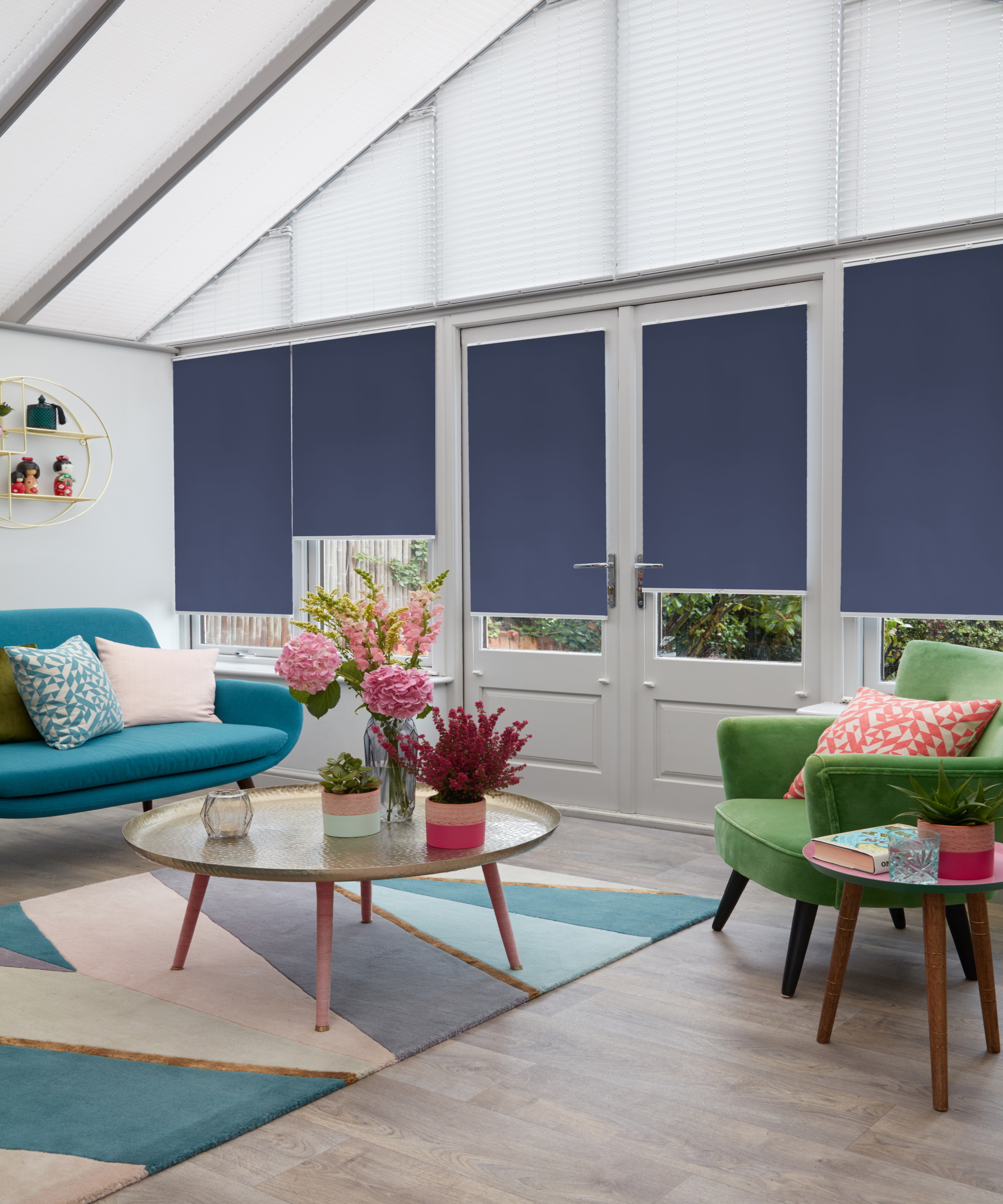
Shutters or blinds can act as an additional barrier against heat loss. "Windows are one of the main contributors to heat loss in the home, especially in older properties" explains Sam Tamlyn, Director of TCMM Shutter Group.
Shutters and blinds help maintain a consistent temperature in your conservatory throughout winter, lessening the need for additional heating. Conversely, they can also provide sufficient shade to prevent overheating in summer

Sam is the managing director of TCMM Shutter Group: a collection of industry leading window shutter brands including Shutterly Fabulous, California Shutters, DIY Shutters, The Shutter Store, and Carter & Clark. TCMM are the exclusive supplier of window shutters for B&Q and they offer bespoke and high quality plantation shutters to customers throughout the world.
5. Consider your flooring
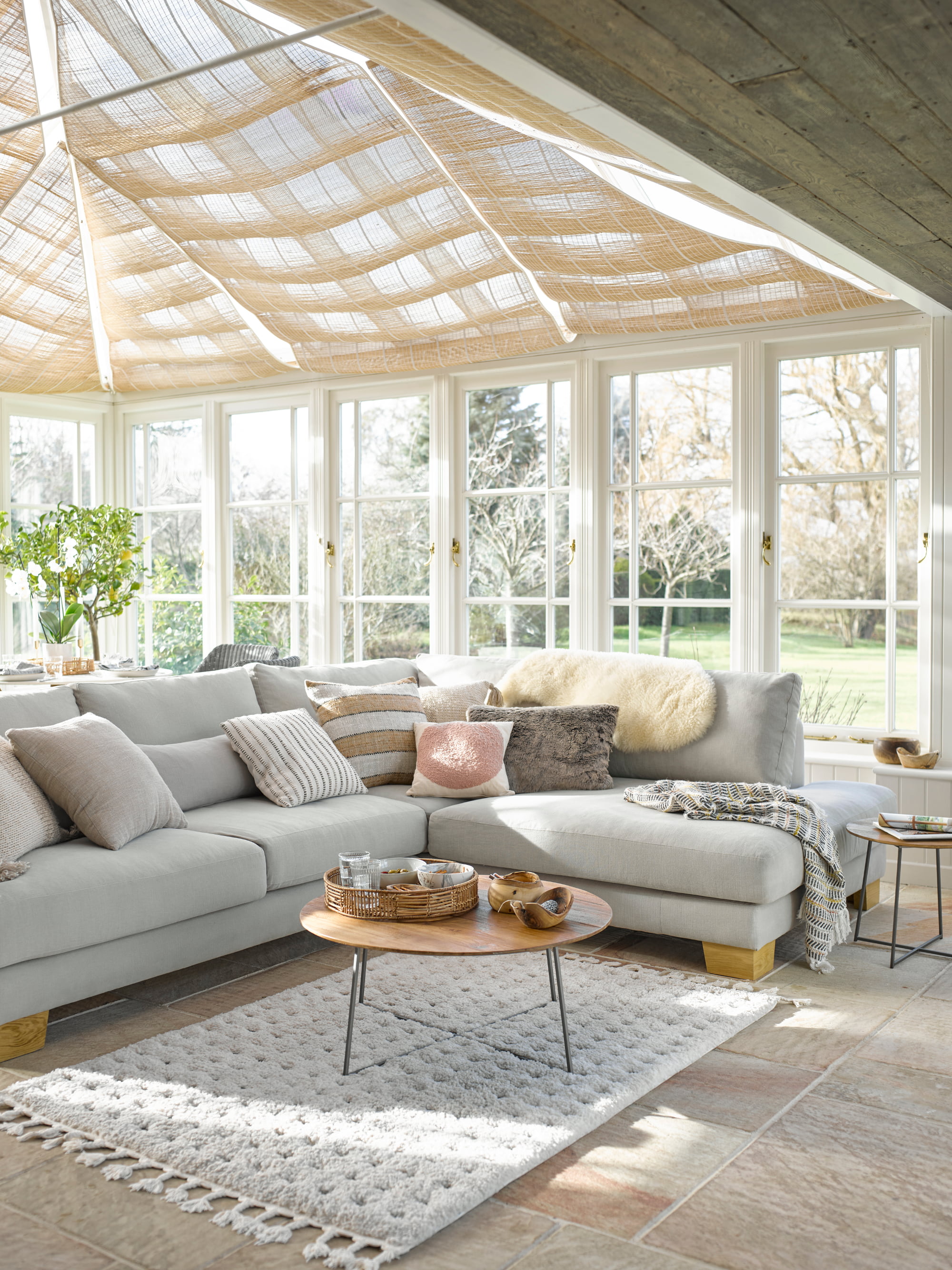
Roof and wall insulation are both important ways to winter-proof a conservatory, but don't overlook the role of your flooring.
Underfloor heating is a great way to add warmth underfoot, but it's not always feasible. In such cases, consider installing insulated underlay beneath tiles, wooden floorboards or laminate floors. This will provide an additional layer of warmth and reduce heat loss.
If you're not in a position to tear out your existing floors, consider rugs as a practical alternative. Not only will a decorative rug enhance the look and feel of your conservatory interiors, but they can be taken up and stored during spring/summer. You can also lay thin (6mm to 10mm) wood fibre insulation boards beneath a rug to provide an additional level of insulation.
6. Maintain and repair your conservatory
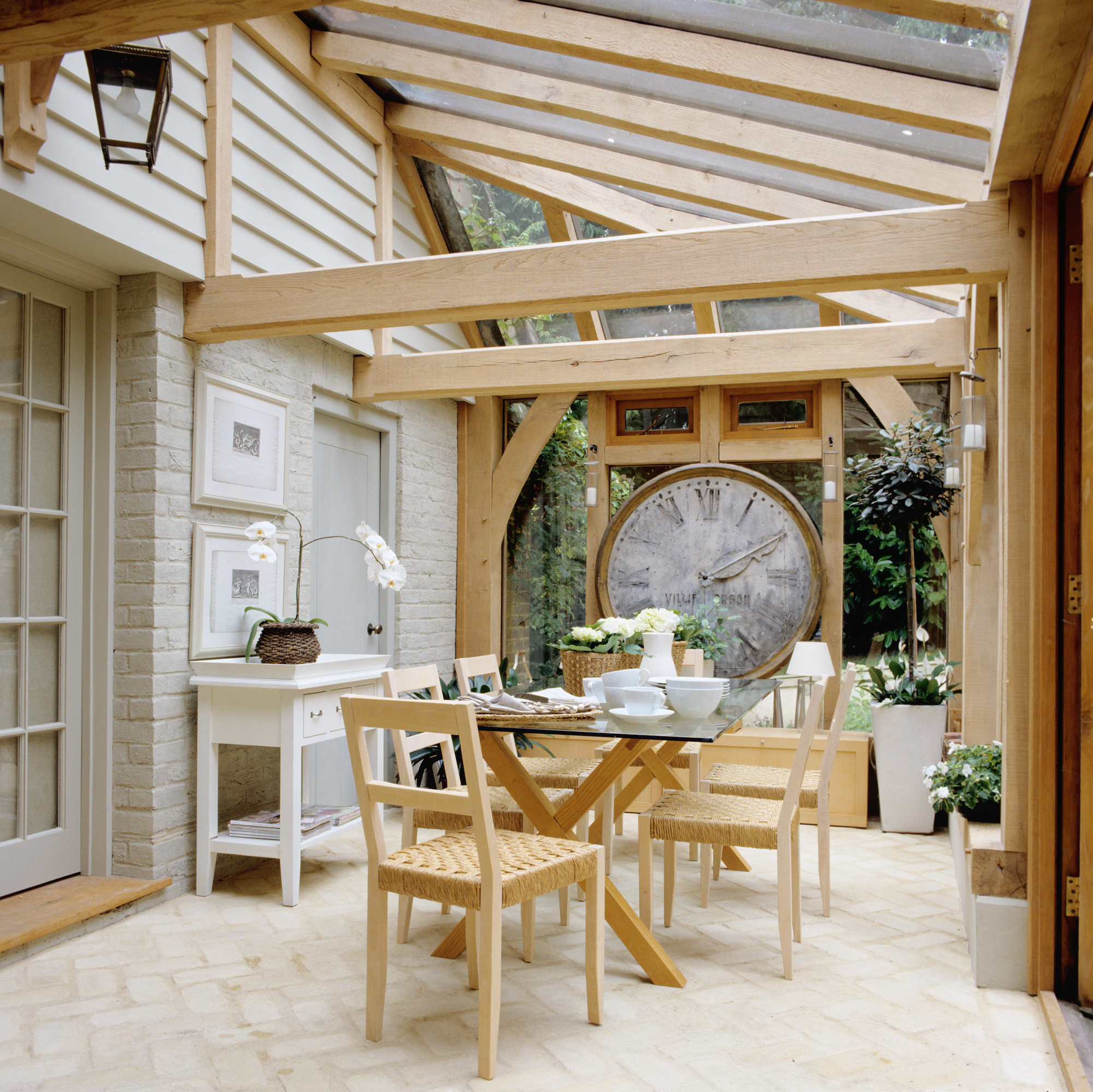
Regular maintenance and timely repairs are essential for winter-proofing your conservatory. Before the onset of winter, inspect your structure for any damage. Ensure that gutters are clear to prevent water build-up and check all seals for any leaks to save you from future problems.
Ensuring your conservatory is in top condition will not only improve its insulation but also its overall longevity. Addressing minor issues when they arise can also prevent them from escalating into costly repairs.
FAQs
How can you keep a conservatory warm cheaply?
Two cost effective ways to keep your conservatory warm in winter include draft excluders for doors and portable plug in heaters.
Portable heaters are easy to move around the room and will provide instant warmth on a cold day. However, it's important to consider their energy efficiency and safety features.
Although both of these strategies are good short term fixes, they do not compare to the long term benefits of proper conservatory insulation and draught proofing measures.
Can a carpet keep my conservatory warm?
Yes, carpets can act as an additional layer of insulation to keep your conservatory warm in winter. Carpets add softness underfoot and trap air within their fibres, naturally helping to retain heat. Look for a carpet with a high tog rating, as these are more insulating.
Will insulating a conservatory stop condensation?
Condensation occurs when moist air comes into contact with cooler surfaces, like glass in a conservatory. Effective insulation helps to maintain a more consistent temperature inside the conservatory, reducing the temperature difference between the air and the surfaces. This, in turn, can lessen the likelihood of condensation forming.
However, adequate ventilation is also crucial in managing condensation by reducing indoor humidity levels. Combining insulation with proper ventilation offers the best approach to stop condensation in a conservatory.
If you're thinking of replacing a conservatory with an extension, many of these winter-proofing strategies will still apply. It all boils down to effective insulation and temperature regulation. By implementing the above solutions, you should be able to keep your home comfortable and warm all winter long.
Get the Homebuilding & Renovating Newsletter
Bring your dream home to life with expert advice, how to guides and design inspiration. Sign up for our newsletter and get two free tickets to a Homebuilding & Renovating Show near you.

Gabriella is an interiors journalist and has a wealth of experience creating interiors and renovation content. She was Homebuilding & Renovating's former Assistant Editor as well as the former Head of Solved at sister brand Homes & Gardens, where she wrote and edited content addressing key renovation, DIY and interior questions.
She’s spent the past decade crafting copy for interiors publications, award-winning architects, and leading UK homeware brands. She also served as the Content Manager for the ethical homeware brand Nkuku.
Gabriella is a DIY enthusiast and a lover of all things interior design. She has a particular passion for historic buildings and listed properties, and she is currently in the process of renovating a Grade II-listed Victorian coach house in the West Country.
